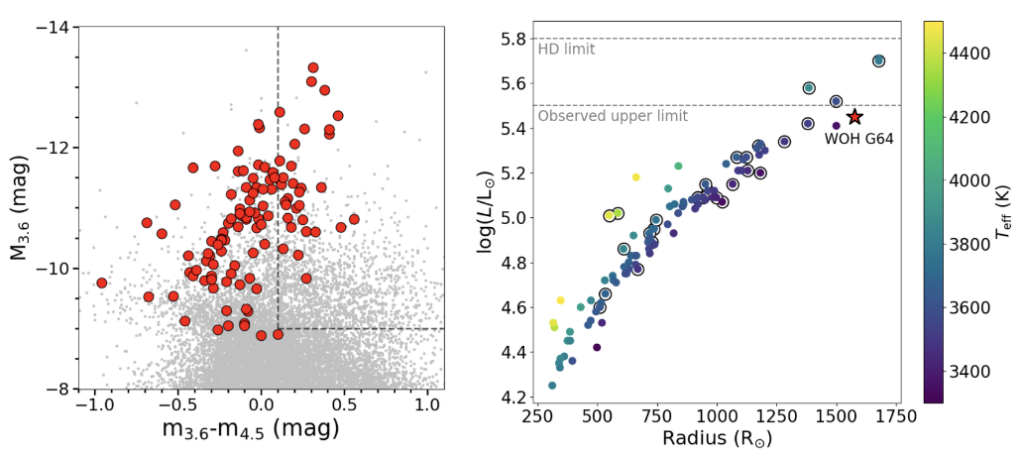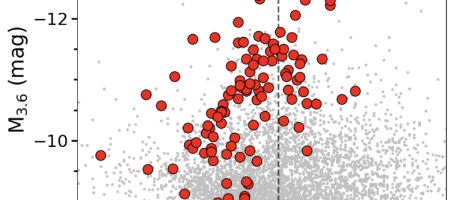Alceste Z. Bonanos
Identifications of red supergiants (RSGs) in the Milky Way and nearby galaxies have experienced an exponential increase in recent years, driven by advancements in selection techniques, the continued expansion of archival datasets, and a steady increase in spectroscopic data. This review describes the advances in methodologies and selection criteria for identifying RSGs and presents the current census of these stars in our own Galaxy and nearby galaxies. It also describes the insights gained from resolving nearby RSGs and their complex circumstellar material in the Milky Way and from the growing samples of RSGs being discovered in the Local Group and beyond. These advances impact the Humphreys–Davidson limit in the cool part of the Hertzsprung–Russell diagram. Furthermore, they provide insight into extreme RSGs and the role of photometric variability and, in particular, of the newly discovered phenomenon of dimming events. Recent observations have enabled the determination of the binarity fraction among RSGs, offering new constraints to stellar evolution. Looking ahead, the synergy between large-scale surveys, high-resolution observations, and emerging machine-learning tools promises to further transform our understanding of the final evolutionary stages of massive stars in the coming decade.

